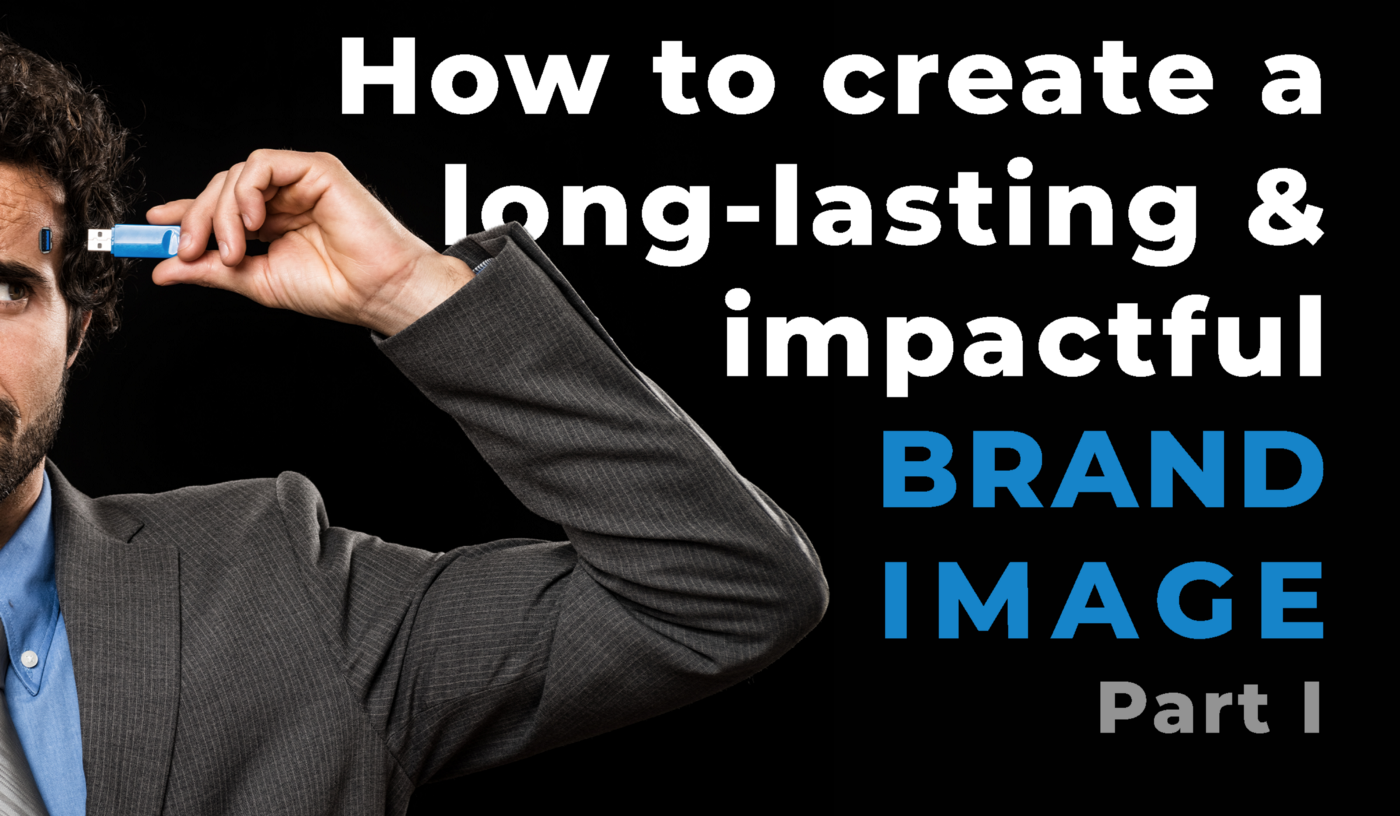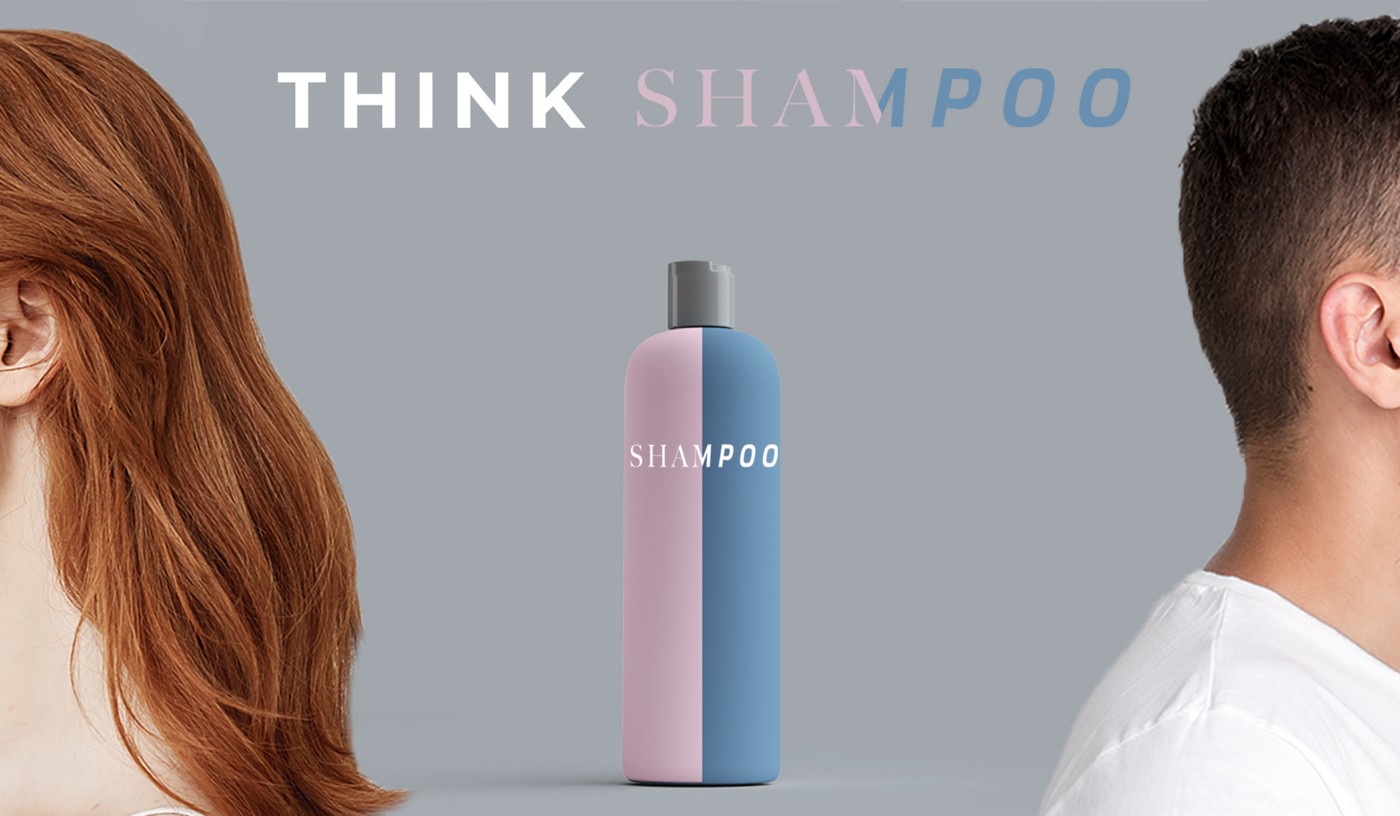1. Sales rather than Brand-driven
Taiwan has a world-class reputation for manufacturing goods that other companies – who have bigger brands – sell at a markup. Being sales-driven towards their customers is suitable for Taiwanese manufacturers. But it isn’t always the right thing to do.
- Pros. When a company is sales-driven, they often focus on tangibles they can easily control and quickly measure. This includes price, quality, efficiency, marketing, sales, etc. It enables companies to efficiently measure their return on investment.
- Cons. However, while sales drive revenue, revenue is not profit. Also, the company is much more vulnerable to market fluctuations and what its clients want.

According to Philip Chang, a high-tech manufacturing researcher at National Taiwan University, “When sales lead manufacturing organizations, the clients often shape the product and price to match their needs. The main strategic issue is it becomes harder for these businesses to scale and grow at their own will. There’s also competitor risk – the chance another company begins offering the same product at a lower price. This raises a critical question. Why would a client buy from your firm when they can have the same (if not better) part for a lower price?”
This is where Brand Strategy and intangibles can give Taiwanese companies a unique and differentiated advantage.
How can Taiwanese companies be more competitive with branding?
Growing up in France, one learns that the key component of a successful organization is its “image de marque.” Being able to convey a feeling and convince people of what they can’t see. Customers of successful brand-driven companies are willing to pay a premium because of the peace of mind and feeling associated with partnering with that company.
Yes, it’s about feeling – even in B2B companies. Here’s why. In B2B marketplaces, there are still P2P (people to people) interactions. The concept is the same, but how it’s applied in B2B is different. By leading with Brand Strategy, pairing that with design thinking, Taiwanese companies can stand out and create stronger, more meaningful connections with current and potential customers.

In a smaller place, like Taiwan, people may rely on whom they know. To build a reputation, you need relationships. Taiwanese people often refer to the concept of relationships as guanxi (關係). However, customers don’t know who Taiwanese companies are in other and more significant markets, and branding can communicate signals that help them stand out to potential customers.
The best-known companies in the world know. Brand Strategy lets potential customers know who your company is and what is important to you. If these customers align with your Brand, they will develop a preference for working with your company. They may even only want to work with you. But at the very least, they will like to learn more about you. Brand Strategy improves your chances of succeeding in competitive marketplaces.
2. Quantity over Quality / competing on price.
A significant characteristic of manufacturers, especially in Taiwan and China, is to become as big as possible so they can sell to more clients. The goal is to focus on quantity. Sell fast, sell as much as possible. Chang says this results in two outcomes.
“Either companies develop a unique technical advantage, or it becomes a “race to the bottom” to see who can manufacture at a lower price. Many of the compromises that companies make to lower prices have consequences on society, for example, over-consumption and waste. In the past, Taiwan was known for “cost-down” though now, most of the top companies engage in strategic cost management (戰略成本管理), which is spending less money on bad costs and investing in good costs that improve your ability to compete.”

Fortunately, we’ve seen a trend of Taiwanese companies leading with high standards for quality, especially in the semiconductor market. Strategic cost reduction seems to be one of Taiwan’s greatest strengths, and over the past decade, high demand for quality has favored Taiwan. But would it have been the same if the rest of the world was able to meet global demand for high-end semiconductors? Also, what of other Taiwanese companies?
Focusing only on cost reduction is not an excellent long-term branding strategy for Taiwan or many Taiwanese companies. It deteriorates Taiwan’s reputation for high quality. Another way to look at it is the risk of being known for low-quality, cheap products when it is unnecessary.
Offering larger quantities of products that are “close enough” or “cha bu duo” (差不多) may be suitable for specific markets that compete on price, but the best-positioned companies to leverage Brand Strategy manufacture high-quality goods. Because of this, Taiwanese companies shouldn’t be underestimated – many of them are in a favorable position, especially if they leverage Brand Strategy as a positive way of strategic cost management.
Successful Taiwanese Brand Strategy Examples
More and more Taiwanese companies are becoming aware of this. They’re paying attention to Brand Strategy by applying deep design thinking to the image and construction of quality products.

- Gogoro, a Taiwanese technology innovator that stands out for its product design, brand image, and quality. After making a name for itself in Taiwan, Gogoro is rapidly expanding to new markets.
- In B2B, Foxconn launched its new electric vehicle platforms with all the fanfare of an established automaker to show they produce products that meet the highest standards in the marketplace.
Companies that make an impact in their marketplace are usually more successful and perennial. TSMC, Gogoro, and Foxconn have a long-term vision, they want to lead more than follow trends, and their branding plays a key role in that. It’s easier said than done, but it is a major opportunity for Taiwan.
Before You Begin Using Branding Strategy, a Checklist
Before the next article, here’s a list of five questions that founders and executives need to ask themselves to use Brand Strategy effectively:
- How do we find our place in the market where we charge a premium?
- Where can we focus our efforts to become #1?
- What can we do to make customers repeatedly choose us over the competition?
- How can we own a position in the marketplace and people’s minds?
- How can we positively impact?




